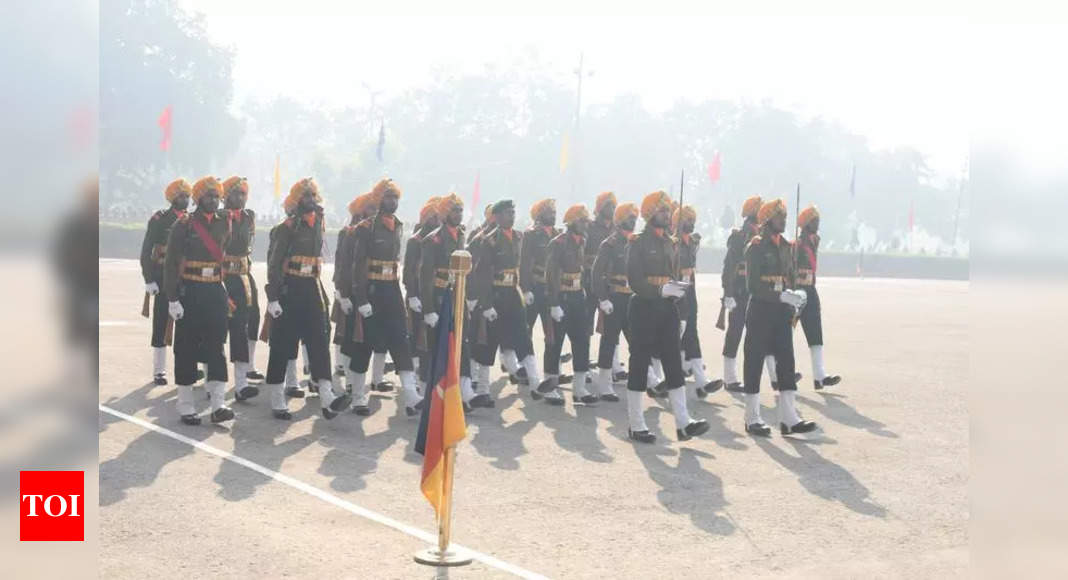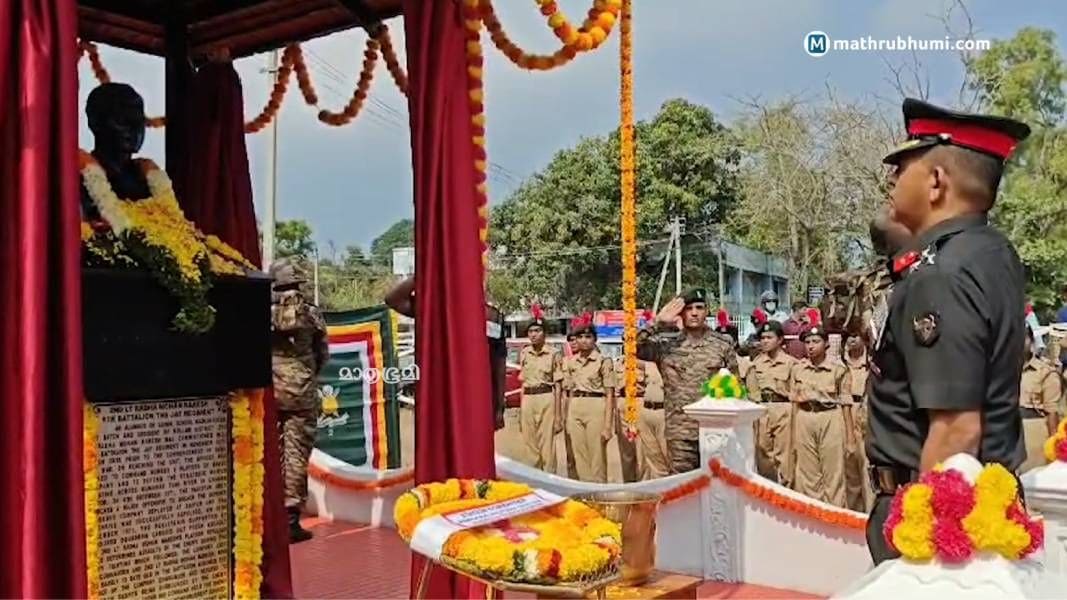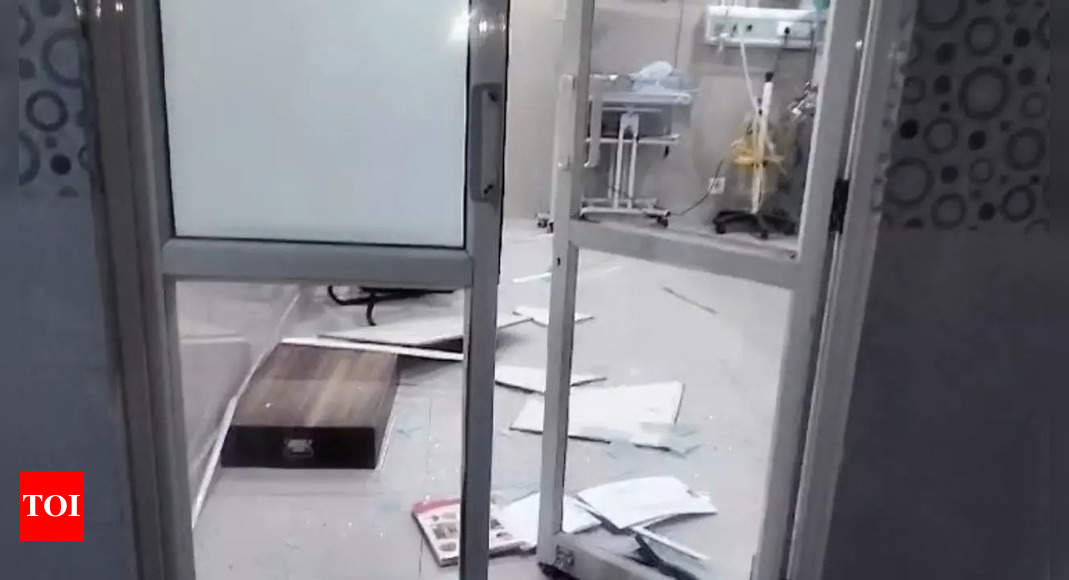293 Agniveers Recruited to Indian Army After Passing Out Parade in Lucknow and Fatehgarh
Lucknow witnessed a remarkable event as 293 Agniveers were inducted into the Indian Army, marking a significant milestone for the…
Indian Army Unveils Bust of 1971 Indo-Pak War Hero 2nd Lt Radha Mohan Naresh in Kollam
Kollam in Kerala witnessed a poignant tribute to a war hero on Tuesday, as the Indian Army unveiled a bust…
Indian Army Honors 1971 Indo-Pak War Hero 2nd Lt Radha Mohan Naresh with Bust Unveiling in Kollam
In a poignant ceremony held at Ashramam in Kollam, Kerala, the Indian Army paid tribute to 1971 Indo-Pak war hero…
Indian Army Rescues 600 Residents Affected by Cyclone Fengal in Puducherry
In a remarkable display of courage and efficiency, the Indian Army launched a major rescue operation on Sunday to assist…
Tragic Hospital Incident: Woman Dies After Lift Malfunctions Following Childbirth in Meerut
A tragic incident unfolded at a private hospital in Meerut, resulting in the death of a 28-year-old woman, Akansha Mavi,…
Nepal’s Army Chief Gen Sigdel Begins Significant Official Visit to India to Strengthen Defence Ties
Nepal's Chief of Army Staff, General Ashok Raj Sigdel, has initiated a significant official visit to India aimed at bolstering…





